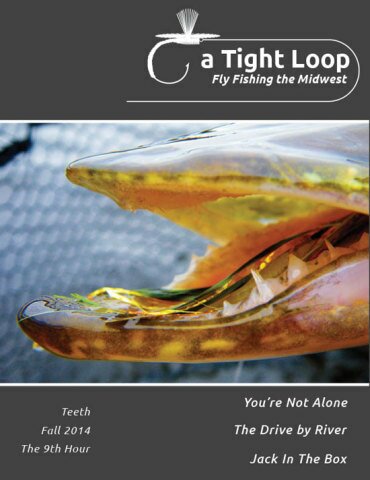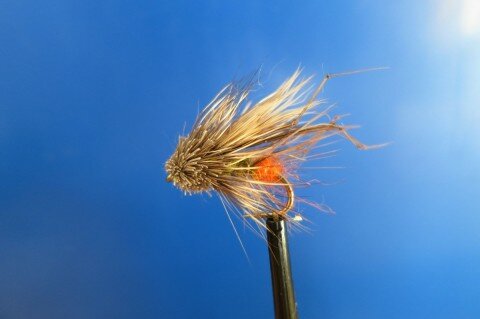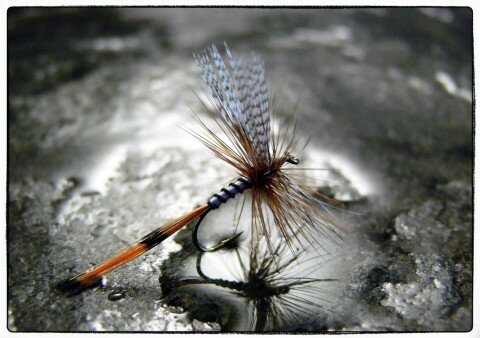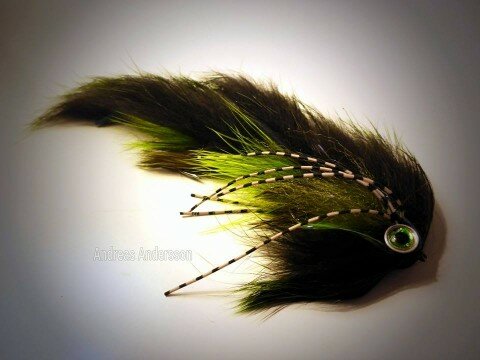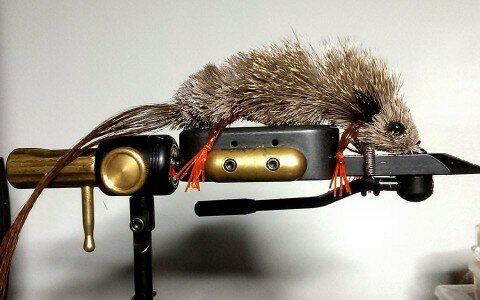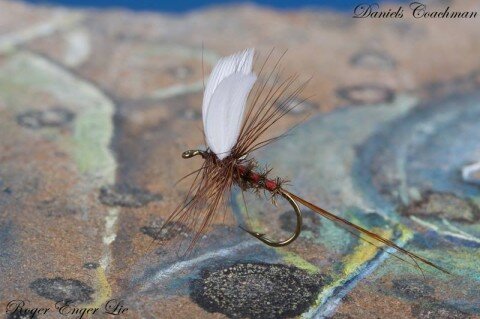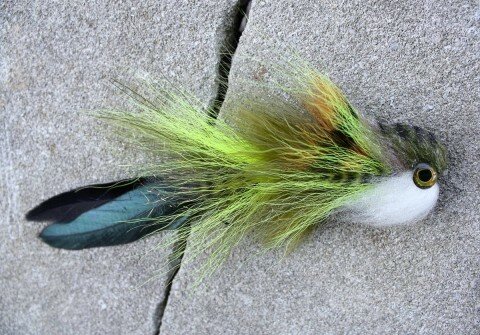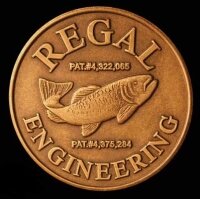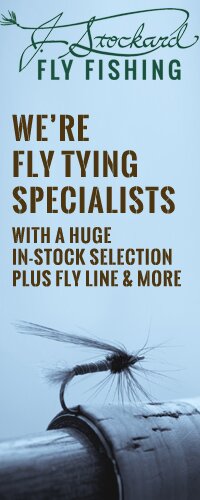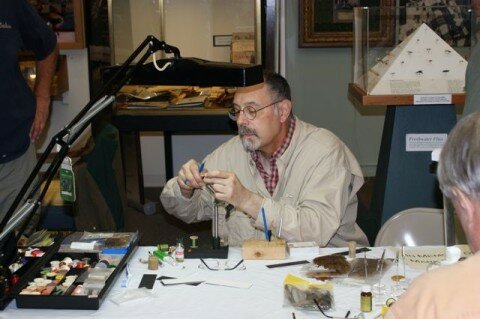
Mark Libertone, photo by Mike Valla
I never had the chance to meet Mark Libertone, but from what I hear and read, he was one of the good ones. He was a wingless wet fly fisherman and spent a lot of time on the Flymph Forum. He originated the Lil’ Dorothy and it has become his most popular and beloved fly pattern.
Mark said this about the fly, “I hope in some small way, this fly makes my contribution to the fly fishing and fly tying world complete.”
I believe he was most definitely right.
Below is information on the Lil’ Dorothy from Mark himself. Enjoy and tie some up!

This fly was originated years ago when I found a good hatch of Ephemerella dorothea coming off the water in my home river the Genesee. It was late May. There was nothing I had that came close to the color combination, and the trout were feeding on them regularly.
Since I was a wingless wet fly fisherman, I decided to try to create a pattern for myself. I tried, but nothing really did the trick for me. Finally while browsing through the sewing and crafts section at Wal-Mart, I noticed the embroidery floss. It came in tons of colors, and one caught my eye-a very pale creamy orange. I bought it.
At the vise I fashioned a soft-hackle style fly using one strand of the embroidery floss for the abdomen, and a piece of cream colored hare’s ear for the thorax with cream ginger hackle, the Lil’Dorothy was born.
Over the years I’ve swapped out the cotton embroidery floss for the abdomen and have found a silk sewing thread of the correct color for the pattern. The abdomen is tied with NO tying thread beneath it. As Leisenring suggested for his Tup’s Nymph, the two layers of silk become more translucent on the bare hook. The Thorax and abdomen share about half the body length each. The thorax is rough and when wet, should slightly veil the abdomen giving the impression of a cream colored fly with an orange cast to the abdomen.
The embroidery floss version still works well, and if you can not find the silk thread in the correct color, you can use the floss Color#722. The original tie can be seen here:
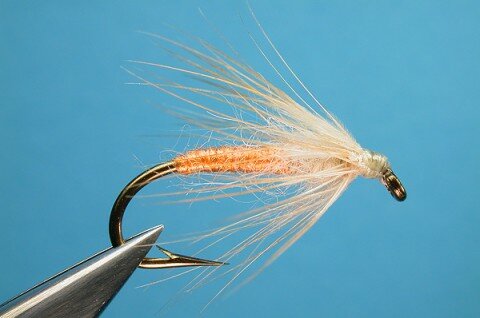
Photograph by Hans Weilenmann
Hook: Mustad 3906 or 3399A 12-14
Thread: Cream or white
Abdomen: Pale orange embroidery thread color # 722
Thorax: Cahill colored hare’s ear dubbing
Hackle: Cream or very pale ginger

